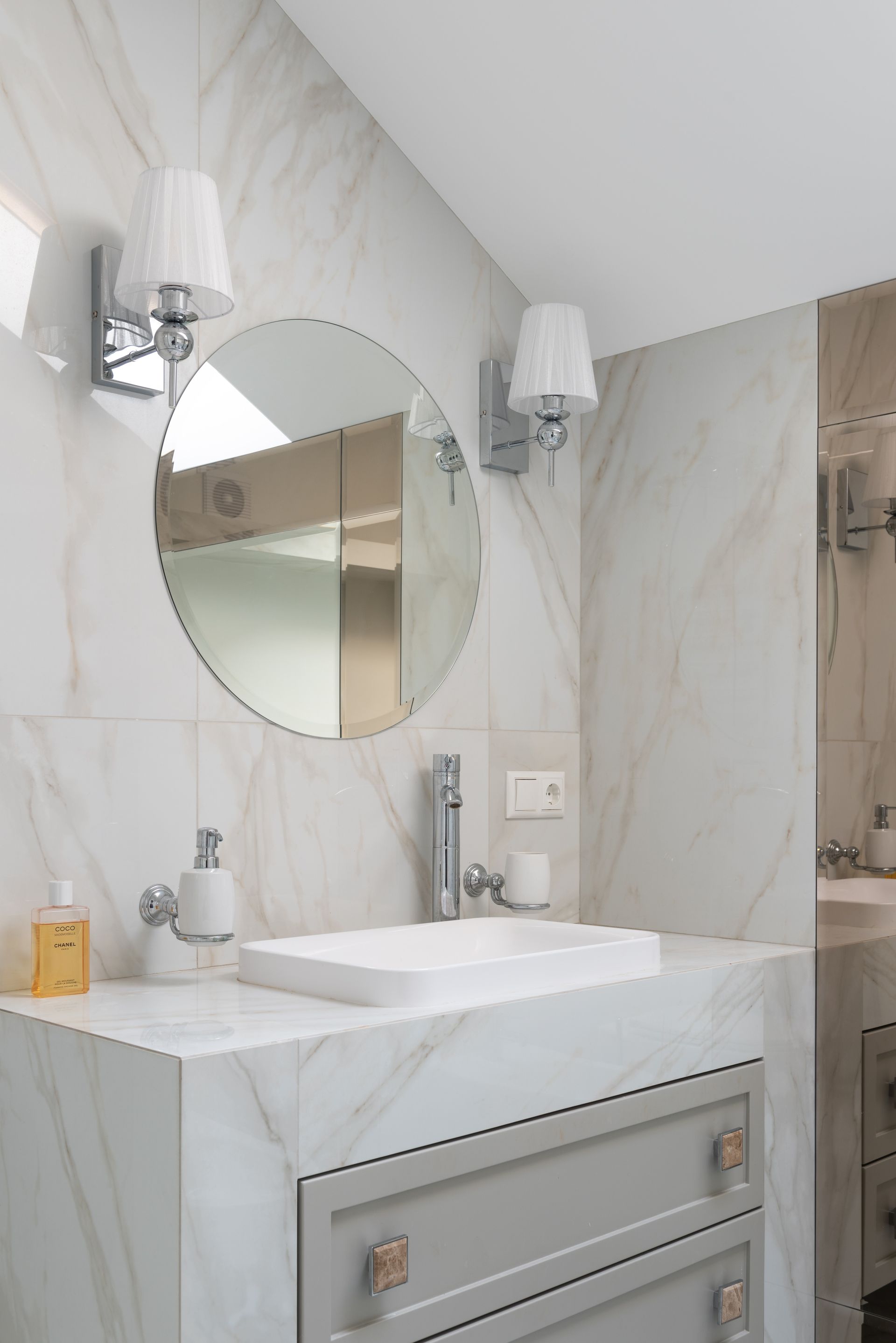How to Maximize Your Daylighting Efforts
5 Often-Overlooked Considerations for Daylighting in Commercial Buildings
Daylighting can be a tremendously beneficial addition to any commercial building. From reduced energy bills to increased worker productivity, daylighting provides a host of advantages. (See what the US Department of Energy has to say about daylighting.) When incorporating daylighting into the design of a building, however, these five key considerations must be kept in mind.
1. Account for Added Heat

Daylighting is about more than just adding a skylight and allowing natural light to pour into a building. It’s a comprehensive, strategic plan to maximally utilize daylight. One factor that is often overlooked is the heating effect of direct sunlight. If this is not accounted for in the design phase, it can actually end up increasing your air conditioning costs and at least partially nullifying the benefits of decreasing your use of artificial lights.
2. Have a Plan When Sun Is Unavailable

When conditions are right, daylighting can fully replace your dependence on artificial lighting. Conditions, however, are not always going to be optimal. There will be cloudy days that obscure the sun, and lighting will always be required whenever the sun goes down.
Lighting controls should be incorporated into the design in order to supplement natural light when necessary. Dimmers can allow you to restrict the amount of artificial light, ensuring you aren’t using more than is necessary at any given time.
3. Preserve Color

The interior design of a building plays a central role in the look and feel of the space. Color is an integral part of those efforts.
When colors are viewed under artificial lights, you get visual distortion. The only way to truly appreciate the color and texture of objects is by viewing them under natural light.
While there are incandescent and halogen bulbs that replicate natural light, they last for a shorter time than other bulbs (usually less than a thousand hours), and they are less efficient and cost effective to operate.
4. Minimize Glare

One big downside to direct sunlight is the generation of glare. Whether it’s from a direct line of sight to the sun itself or the effect of light off computer screens and other devices, glare must be reduced or eliminated. This ensures the space stays pleasant, productive, and usable.
This can largely be accomplished with the strategic placement of windows. As a general rule, north- and south-facing windows offer more benefits than east- or west-facing windows.
External additions, such as shades, are often used in conjunction with design tactics to ensure the space can be optimized year-round.
5. Maximize Reflections

While you’re minimizing glare, don’t forget to harness the positive effects of reflection as well. Placed thoughtfully throughout a building, reflective surfaces can actually maximize light distribution and amplify the effects of daylighting. This is most commonly achieved with the use of mirrors in interior design efforts.
Common Ways to Achieve Daylighting
Daylighting can be achieved through several types of architectural glass products. The most popular are the following:
- Walkable Skylights
- Traditional Skylights
- Glass Flooring
- Windows (High Efficiency)
Are you designing a commercial building from scratch? Renovating a space? If so and you’re interested in learning more about your daylighting options, including creating a custom skylight, glass floor, or other architectural glass feature, reach out.
We’re always happy to answer questions, to provide estimates, or to fulfill your glass needs!

